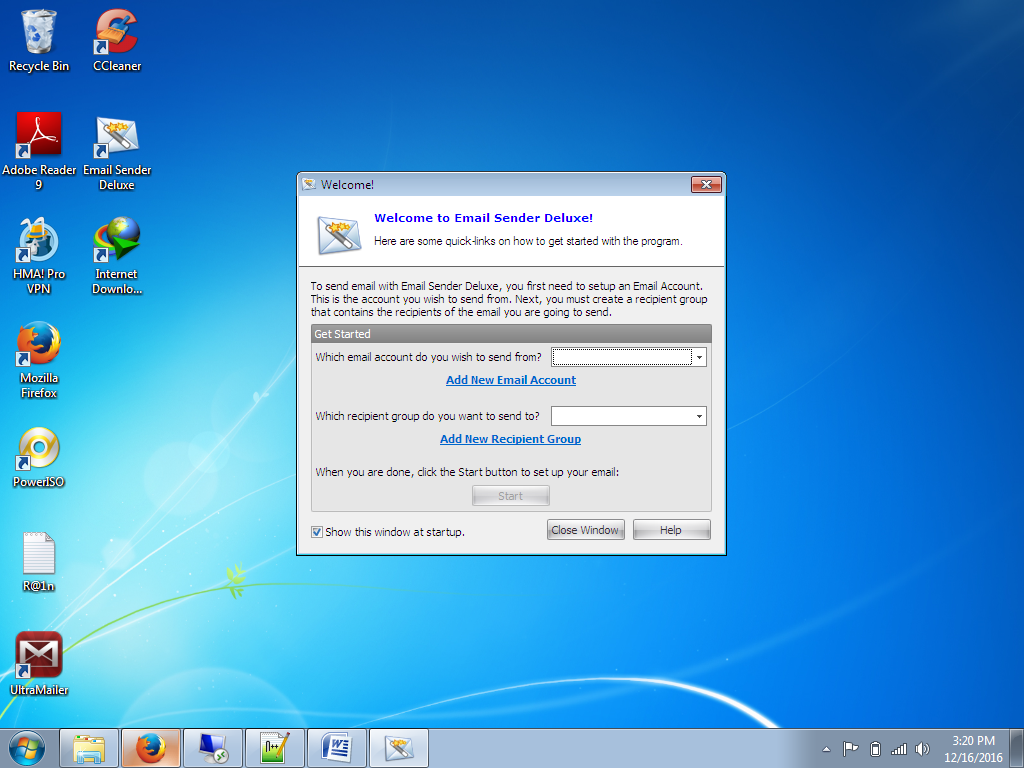

- #PAYPAL ULTRAMAILER HOW TO#
- #PAYPAL ULTRAMAILER INSTALL#
- #PAYPAL ULTRAMAILER UPDATE#
- #PAYPAL ULTRAMAILER PATCH#
Now you get a basic idea about, how to find spamming from mail queue. If still it is not verified, check with the site owner to verify it is genuine or not. Most of the spams are either adult related or asking credit card or bank details. If you still have doubt whether the message is spam or not check the body of the content and it is related to the site to verify it is spam or not. You can check the content of the mail to identify it is spam or not. You can check the bosy of the message form the above image ( “Image 3” ). $ exim -Mvb message_id # Command to check the body of the message. If you still feel the subject of the mail is genuine and X-PHP Script is not shown, then the next step is to check the body of the message. You may need to manualy check it and verify the same. Not always X-PHP Script shown will be on spam mails, there may be instance that newsletters are sent using script. This will be shown in header only if we have mailheader php module is enabled using easyapche script.

The entry “X-PHP-Script” will give the path of the from which the script is sending the mail. From the above header, we can claim it is a spam by checking the subject itself. You can analyze the above header and identify the message is a spam or not. $ exim -Mvh message_id # command to checkĬheck the below image with the command outout with the header details of one spam mail. Let’s see how we can get more details about the spamming by analyzing the header details of the mail. Headers contain tracking information for an individual email, detailing the path a message took as it crossed mail servers. (the blurred part in => This is the email account to which spam mails are sent. Techno => This is the account username which is being used for spamming. This is something needed for debugging the spamming => This is the account from which spam mail is sent. 47h => This denotes how much time the message has been stuck in the queue.ġ.3K => This is the size of the message ,here it is 1.3 Kilobytes.ġb1WyH-0002SB-W9 => This is is the message ID. Note: Due to security reasons some of the fields are erased. And following are the description of each field. $ exim -bp # This command shows details of mails in the queue.Ĭheck the below image, it is one mail entry from the “exim -bp” command. $ exim -bpc # This command gives the count of mails in the queue. Also we can find which account is sending spam mails and to which account. Analyze Spam headersįirst we have to check the mail queue and find out how many mails are there stuck in the queue. If we still suffering with spamming, we can follow basic steps below to find out the spam source.
#PAYPAL ULTRAMAILER UPDATE#
So first step to prevent spamming is update these cms and its components to the latest versions.
#PAYPAL ULTRAMAILER PATCH#
The developers will patch these products by releasing the latest updates. The hackers will find the versions of the cms and plugins installed and they know the vulnerabilities related with the respective version.

Cms like wordpress, joomla and their themes, plugins will have their own vulnerabilities.

In most cases they will make this possible by using the vulnerabilities in websites codes which is used by us. Hackers will try to send spam emails through our mail server (exim ) without our knowledge. Most spam is commercial advertising, often for dubious products, get-rich-quick schemes, or quasi-legal services.ĬPanel uses exim as the mail server, so I am referring to find the spamming in cPanel with exim as mail server. Spamming means flooding the Internet with many copies of the same message, in an attempt to force the message on people who would not otherwise choose to receive it. Spamming in cPanel is one of the common issues you might encounter.
#PAYPAL ULTRAMAILER INSTALL#
cPanel will install all the necessary software, that are required for domain hosting. cPanel is one of the commonly used web hosting control panel. CPanel is a Linux based web hosting control panel that provides a graphical interface and automation tools designed to simplify the process of hosting a web site.


 0 kommentar(er)
0 kommentar(er)
